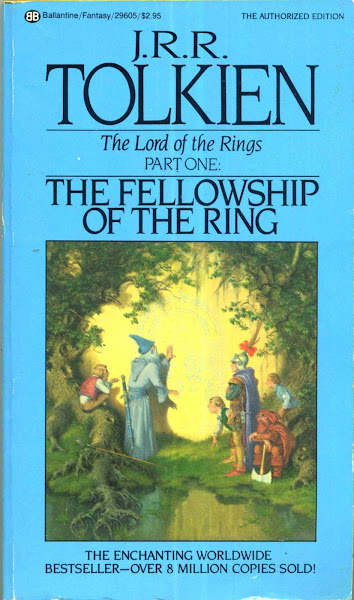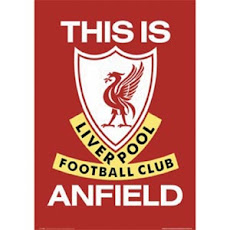The Magnificent Seven
Story and Photo By Rick Olivares
The December cold bit right through the jackets. The Philippine Men’s Football National Team was in some ways unprepared for the 2010 Suzuki Cup in Vietnam. With two positive results in the bag – a draw with Singapore that saw the Azkals net their first ever point against the Lions and a massive 2-nil win over the host country that was also the defending champions – had made the Philippines the story of the tournament.
If the team wanted to complete its historic stint, they need to at least finish with a draw against Myanmar. Except the Azkals would have to play in Nam Dinh that was an hour and 40-minute drive from Hanoi. Now that was fine because it was away from the 40,000-plus crowds that filled the My Dinh National Stadium. After the huge upset win against Vietnam, had the team played in Hanoi, the crowd’s jeers could have possibly fueled Myanmar. And history as we know it might have not happened.
The day before the match against Myanmar, the Azkals went jogging early in the morning. Before they headed back to the dingy Vhoang Hotel where they were booked, they posed for photographs right in front of the huge statue of Vietnamese hero Tran Quoc Tuan who defeated the Mongol hordes of Kublai Khan in 1283 and 1284.
“Who is this,” wondered then head coach Simon McMenemy of the statue. The team’s Vietnamese liaison explained the feats of the great Vietnamese general whose tactics were later used by the North Vietnamese during the Indochina Wars of 1946-75.
“Then we make our history here,” pronounced McMenemy.
The scoreless draw the following evening ultimately catapulted the Philippines to their first ever semi-finals slot. However, the morning before as the team posed for photos, a few of the Azkals separated for a group photo of their own.
“Let’s get a photo of our own,” enthused midfielder Chris Greatwich as he called out to some of his teammates.
There were seven – Aly Borromeo, Roel Gener, Ian Araneta, Chieffy Caligdong, Anton del Rosario, Peter Jaugan, and Greatwich – who posed for that photo. They were the remaining members of the 2004 Azkals who competed in that year’s Suzuki Cup. Six years later, they were part of the core that was making Philippine football history.
That core would be aided and abetted over the years with the arrival of James and Phil Younghusband in 2005, Neil Etheridge in 2008, and Rob Gier and Ray Jonsson in 2009, and Jason de Jong in 2010.
If you look at that photo, all of them have their hands and arms around each other’s shoulders. It isn’t only for show, but it is also a bond that exists between these men who were these during the national team’s own Dark Ages right up to the light at the end of a very long tunnel.
Of the seven in that photo, six played meaningful minutes during the 2010 Suzuki Cup.
Of the seven in that photo, five have left their mark on the game by either how they performed on the pitch, with some spectacular scoring feats, by coaching, or by being very active beyond the touchline.
Between them, they have a total of 226 international caps and a couple of thousand competitive domestic games. That not only speaks of their talent, but also what they mean to the game by their mere longevity and influence for their various clubs.
Ten years after that photo, 16 years after their 2004 debut with the senior side, it is only del Rosario who still puts on his playing boots in top flight competition. Borromeo, aside from being a businessman is also a manager for his one and only club team, Kaya. Roel Gener is still with the Philippine Army. Araneta is close to finishing his professional career with the Philippine Air Force. Caligdong has migrated to Canada where he is a youth coach. Jaugan has moved back to his native Davao while Greatwich after retiring with Kaya in 2015 has coached the club and works with the academy.
Reflecting upon how those seven have done for both the game and the country, their 2004 Azkals head coach, Aris Caslib, has this to say: “It is heart-warming to see their impact and how they all played key roles in Philippine Football from 2004 and beyond.”
“They,” summed up Caslib who helped put up the program by identifying Filipinos born overseas to complement the homegrown players, “made history.”










No comments:
Post a Comment